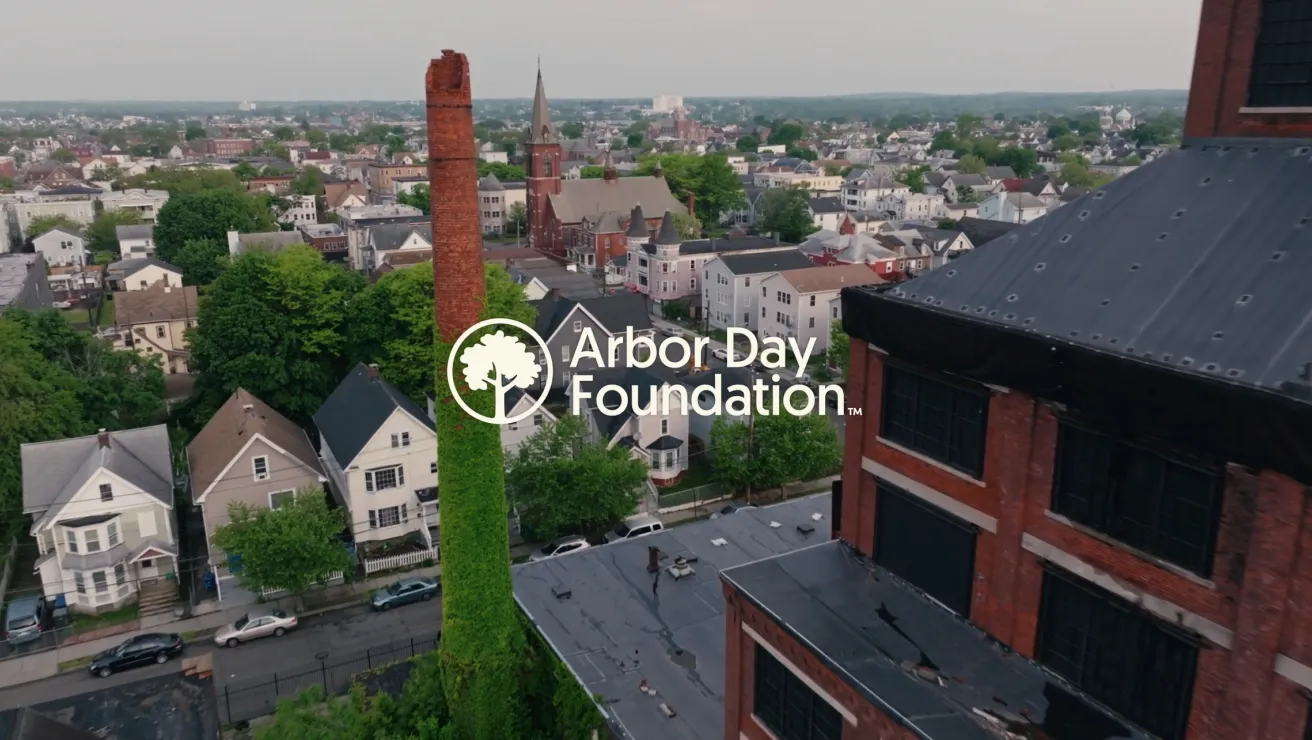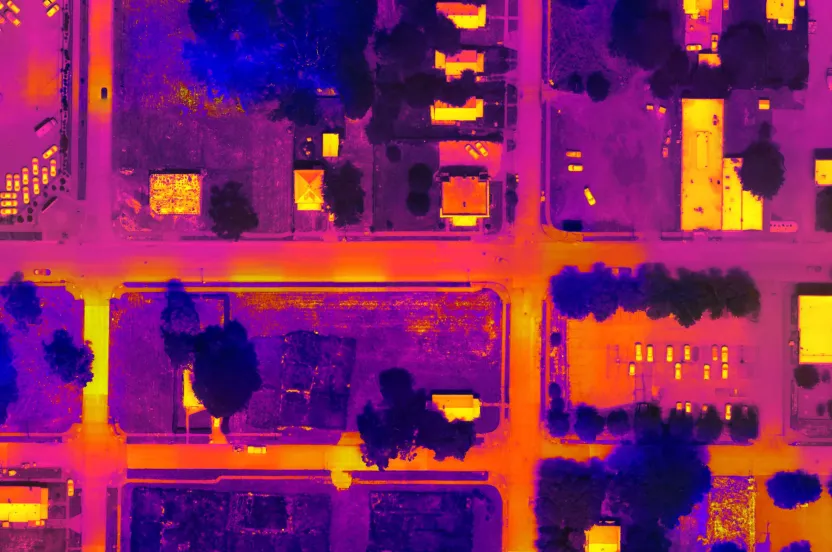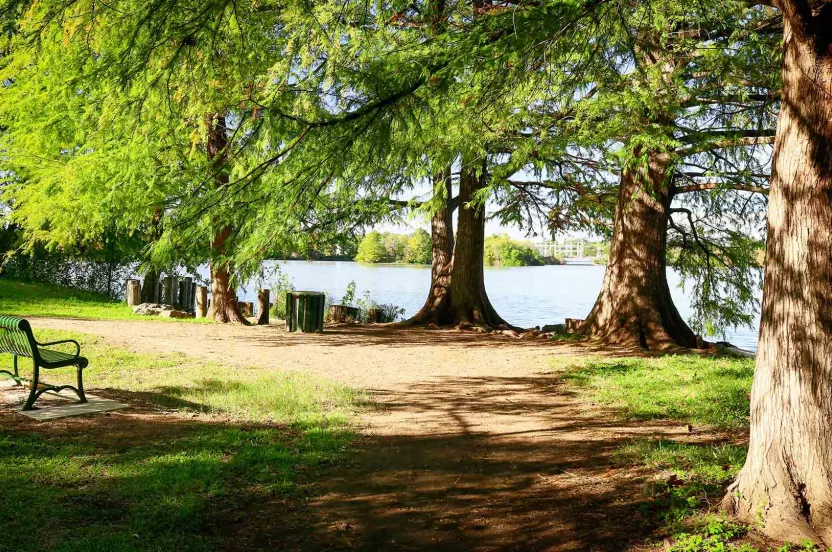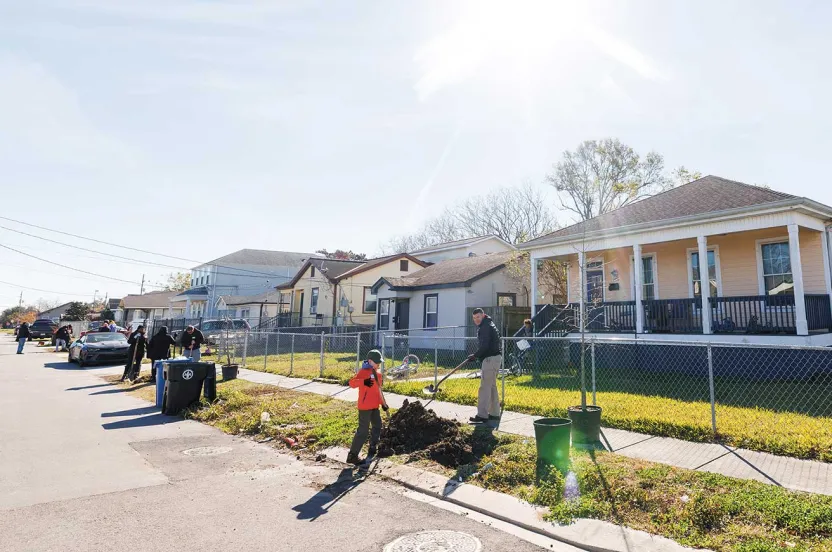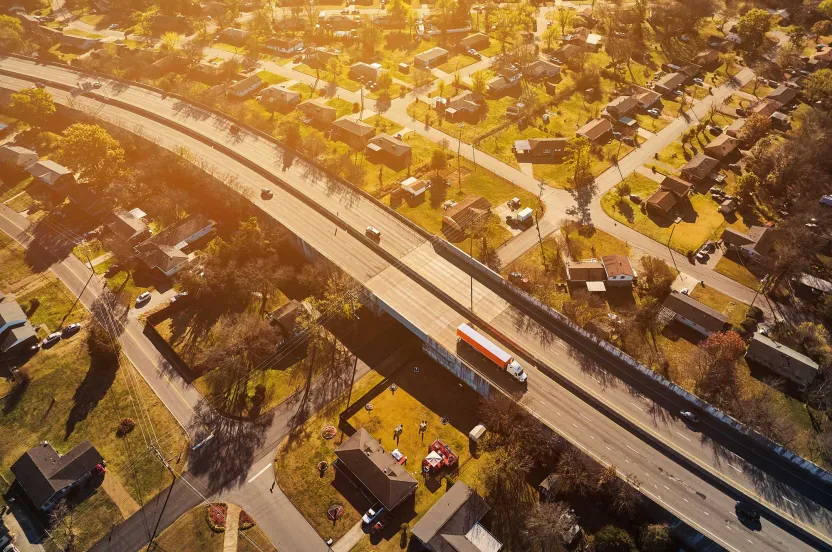Give before midnight on July 31 to double your impact where trees need us most. CHOOSE A PROJECT
Cooling Bridgeport: See How Trees Are Easing the City’s Heat Burden
Watch to see how Bridgeport is using trees to cool streets and create a more livable environment for residents.
June 30, 2025
Bridgeport’s summer heat hits hardest where trees are few, and relief is scarce.
In neighborhoods where shade is scarce, the urban heat island effect hits hardest — worsening existing health conditions, driving up energy bills, and isolating families without air conditioning from parks, neighbors, and daily life.
In areas of the city, like East Bridgeport, paved streets and concrete walls soak up and trap heat — often making these areas 10 degrees hotter than greener, tree-filled sections of the city. The difference isn’t just uncomfortable. It’s dangerous.
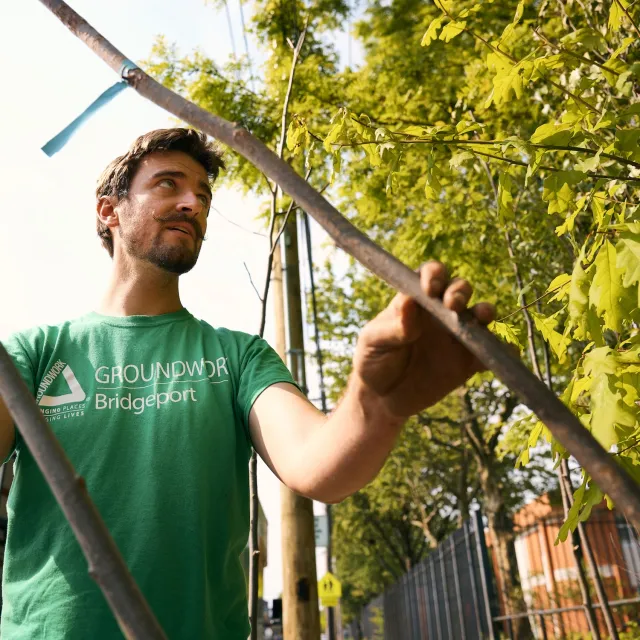
A City Feeling the Heat
Bridgeport has one of the largest disparities in tree canopy from neighborhood to neighborhood in the country. While the city’s overall canopy coverage sits around 20%, some areas — like East Bridgeport — have as little as 5% coverage, compared to more tree-covered neighborhoods just miles away.
"You have some places...that have a large amount of land that's basically sectioned off to trees and preserved for trees. And those benefits are enjoyed by those communities,” says Chadwick Schroeder, the city’s Sustainability Manager.
“Then you come to a place like Bridgeport, where we lack a lot of those, and the health impacts are compounded,” he says. “You have people already experiencing significant chronic respiratory illnesses caused by urban air pollution, as well as the food insecurity issues we face in the city.” In the summer months, those challenges become even more severe. “It’s further compounded when they can’t afford an electricity bill,” Schroeder says, “or the concrete is getting really hot because their entire property is surrounded by it.”
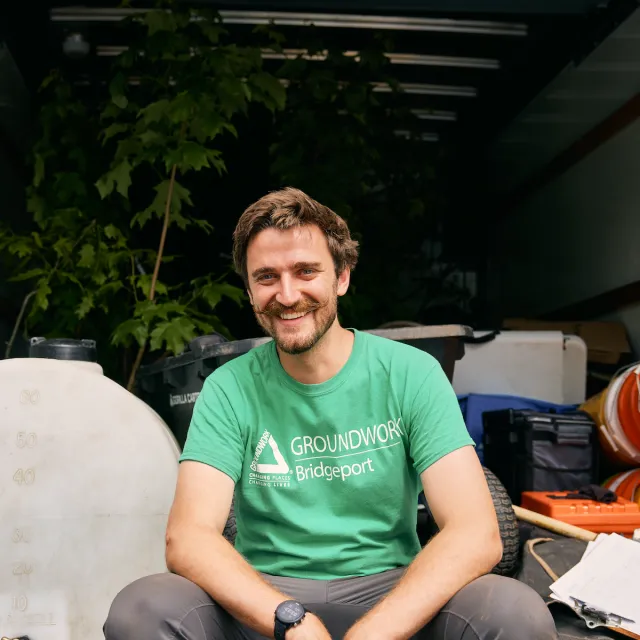
"Without the support of the Arbor Day Foundation, we wouldn't be doing what we're doing to this level. We're planting trees in strategically more impactful ways."
Peter LeDuc
Land Steward, Groundwork Bridgeport
Planting Hope in the Hardest-Hit Places
To help address these gaps, the Arbor Day Foundation partnered with Groundwork Bridgeport to launch the city’s first-ever free tree giveaway. Hundreds of residents in East Bridgeport received trees from the partnership, guided by data that pinpoints the most heat-vulnerable neighborhoods.
“I know that when I'm in a hot place, the first thing I do is find a tree to walk under,” says Christina Smith, executive director of Groundwork Bridgeport. But trees offer so much more than just shade. “They help with air pollution, flood mitigation, and make it more comfortable just to walk down the street.”
The Bridgeport tree giveaway was more than a one-day event — it was a strategic investment in community health and resilience. And the impact was immediate. Neighbors honked and waved from passing cars. Families thanked volunteers as they planted trees along busy streets. One resident, born and raised in East Bridgeport, summed it up simply: “The people love this, they need this, and they are thankful for it.”
“This type of project is the definition of community empowerment,” said Schroeder. “Letting people choose where trees are going to go on their own property, in their own neighborhoods, that’s how we reforest Bridgeport.”

Trees as a Tool for Change
As extreme heat intensifies, so does the need for focused, meaningful solutions. The good news: Trees offer a simple solution to this complex problem. That’s why the Arbor Day Foundation continues to work alongside partners like Groundwork Bridgeport to bring trees (and shaded relief) to neighborhoods and communities who need them most. Because in a city like Bridgeport, a single tree can mean cooler streets, cleaner air, and a better quality of life for generations to come.
